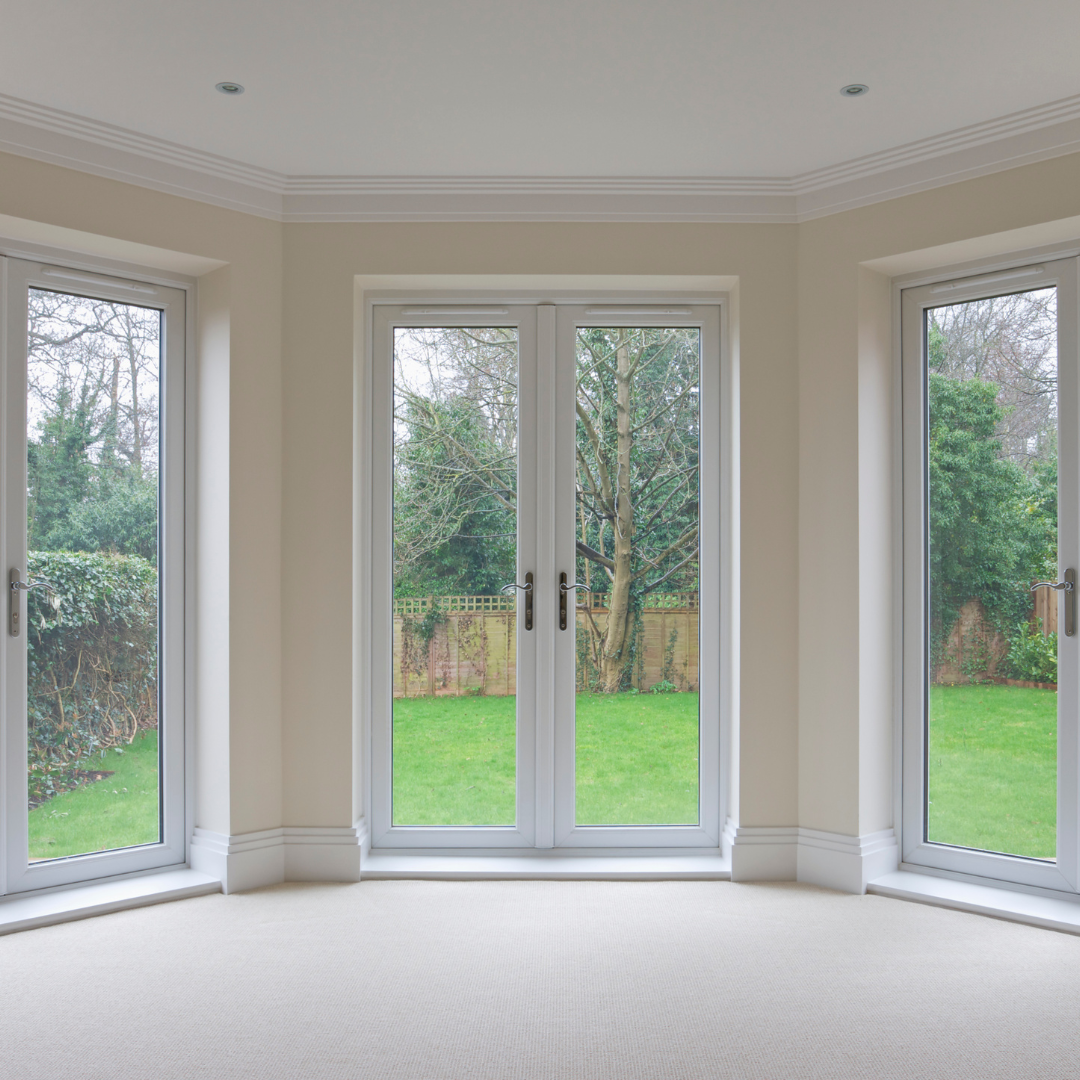
Roofing Costs: Understanding Your Investment
When it comes to your home, few things are as crucial as a well-maintained roof. It’s your home’s first line of defense against the elements, and it plays a significant role in keeping your family comfortable and safe. But, as important as it is, roofing can be a bit of a mystery when it comes to costs. If you’re planning a roofing project, whether it’s a replacement or repair, understanding the costs involved can help you make informed decisions and manage your budget effectively.
Materials
The choice of roofing material greatly influences the total cost of your project. Asphalt shingles are generally the most budget-friendly option, known for their affordability and widespread use. In contrast, premium materials like metal, slate, or tile come with a higher price tag due to their durability, aesthetics, and longer lifespans. The cost can vary based on material quality, brand, and installation requirements.
Labor
Labor costs are a significant component of your roofing expense and can vary depending on several factors. These include the region where you live, the complexity of the roofing project, and the rates charged by local roofing contractors. Labor costs typically cover the removal of existing roofing, installation of new materials, and any necessary adjustments or repairs during the process.
Roof Size
The size of your roof is a primary factor in determining the overall cost. Roofing companies measure the area to be covered in square feet or in roofing “squares,” where one square equals 100 square feet. Larger roofs will naturally require more materials and labor, leading to a higher total cost for the project.
Roof Pitch
The pitch, or slope, of your roof affects the cost due to the increased difficulty of working on steeper roofs. A steeper pitch can make installation more challenging and time-consuming, potentially raising labor costs. Additionally, the pitch can impact the type of materials used and their installation requirements, influencing the overall expense.
Additional Features
Additional features on your roof, such as skylights, chimneys, or ventilation systems, can contribute to the total cost of your roofing project. Each of these elements requires extra work during installation, which can increase labor and material costs. The more complex your roof, the more you can expect to pay for these additional features.
Geographic Location
Your geographic location plays a crucial role in determining roofing costs. In urban areas with higher living costs, labor and materials might be more expensive. Conversely, rural areas might have different pricing structures and potentially lower costs. Local economic factors, building codes, and regional weather conditions can all impact the final cost of your roofing project.
Types of Roofing Materials and Their Costs

Asphalt Shingles
Description: Asphalt shingles are a popular roofing choice due to their affordability and straightforward installation process. Available in a wide range of colors and styles, they offer flexibility to match various architectural designs. Typically, asphalt shingles have a lifespan of 15-20 years and are favored for their balance of cost and functionality.
Pros: Cost-effective and budget-friendly, asphalt shingles are easy to install and come in numerous styles and colors to suit different home aesthetics. They provide reliable protection and are widely used across various home types.
Cons: While asphalt shingles are economical, they generally have a shorter lifespan compared to other roofing materials and may be less energy-efficient, potentially leading to higher cooling costs in hot climates.
Metal Roofing
Description: Metal roofing, known for its exceptional durability, is a premium option that can last between 40-70 years. It resists severe weather conditions such as high winds, heavy snow, and extreme temperatures. Available in various metals like steel, aluminum, and copper, metal roofing provides a long-lasting solution with minimal maintenance needs.
Pros: Metal roofs are long-lasting, with a lifespan that outstrips many other materials. They are energy-efficient, reflecting sunlight and reducing cooling costs, and require minimal maintenance due to their resistance to weather-related damage.
Cons: The initial cost of metal roofing is higher compared to other options, which can be a significant factor for budget-conscious homeowners. Additionally, metal roofs can be noisy during heavy rain or hail, which might be a concern for some.
Slate Roofing
Description: Slate roofing is a high-end material renowned for its beauty and remarkable longevity. It can last over 100 years, providing excellent fire resistance and a classic, elegant appearance. The natural stone material offers superior durability and requires minimal maintenance over its extended lifespan.
Pros: Slate is extremely durable and aesthetically pleasing, providing a sophisticated look that enhances curb appeal. It is also fire-resistant and requires less frequent maintenance, making it a long-term investment in both function and style.
Cons: Slate roofing is one of the most expensive options available and requires a strong, reinforced roof structure to support its weight. The high cost and heavy nature of slate may not be suitable for all budgets or home structures.
Tile Roofing
Description: Tile roofing, made from materials like clay or concrete, is distinguished by its distinctive appearance and long lifespan. Tile roofs can last between 50-100 years, offering excellent insulation and resistance to fire and harsh weather. The material provides both durability and a unique aesthetic for homes.
Pros: Tile roofs are known for their longevity and energy efficiency, helping to regulate indoor temperatures. They also offer strong fire resistance and are visually appealing, contributing to the overall design of a home.
Cons: Tile roofing comes with a higher price tag and the heavy material may necessitate additional structural support to ensure the roof can handle its weight. This can lead to increased installation costs and considerations for structural reinforcement.
Wood Shingles or Shakes
Description: Wood shingles and shakes provide a natural, rustic look to homes, offering an attractive alternative to synthetic materials. Typically, these wooden roofing options last around 30-40 years and provide good insulation. They are often chosen for their aesthetic appeal and traditional craftsmanship.
Pros: Wood shingles and shakes have a distinct, appealing appearance and offer good insulation properties. They enhance the home’s natural look and can be a great choice for those seeking a traditional or rustic aesthetic.
Cons: Wood roofing requires regular maintenance to prevent issues such as moss growth and rot. Additionally, it may be less durable in harsh weather conditions and could require more frequent upkeep compared to other materials.
Understanding Additional Costs
Beyond the basic roofing material and labor, there are other costs that you should consider when budgeting for a roofing project:
Removal of Old Roofing
If you’re replacing an existing roof, you’ll need to factor in the cost of removing the old roofing material. This can add to your overall expense, especially if the old roof is in poor condition or has multiple layers.
Roof Deck Repairs
Sometimes, the roof deck (the layer of wood beneath the roofing material) may need repairs or replacement. This is an additional cost that can vary depending on the extent of the damage.
Permits and Inspections
In many areas, you’ll need a permit for roofing work. Permit costs can vary, and you may also need to budget for inspections to ensure the work meets local building codes.
Gutters and Downspouts
If your roofing project includes replacing or installing gutters and downspouts, this will add to the total cost. Proper drainage is crucial for the longevity of your new roof.
Ventilation
Proper roof ventilation is essential for preventing issues like mold and premature aging of the roofing materials. Adding or upgrading ventilation systems can increase the overall cost.
How to Save on Roofing Costs
While roofing can be a significant investment, there are ways to manage and potentially reduce costs:
Get Multiple Quotes
It’s always a good idea to get quotes from several roofing contractors. This allows you to compare prices and services to find the best deal for your needs.
Choose the Right Time
Roofing costs can fluctuate based on the time of year. In many regions, roofing contractors are busiest during the warmer months, which can drive up prices. Scheduling your project during the off-season might help you save money.
Consider Energy-Efficient Options
Investing in energy-efficient roofing materials, like reflective shingles or metal roofs, might have a higher upfront cost but can save you money in the long run through reduced energy bills.
Regular Maintenance
Maintaining your roof can prevent costly repairs or premature replacements. Regular inspections and minor repairs can extend the life of your roof and save you money over time.
DIY Small Repairs
If you’re handy and the repairs are minor, you might be able to tackle some small issues yourself. Just be sure you’re confident in your skills, as improper repairs can lead to more significant problems.
Conclusion
Understanding roofing costs involves evaluating several factors, including material types, labor, and additional features. Each roofing material—whether it’s cost-effective asphalt shingles or premium slate—offers distinct advantages and potential drawbacks that can impact your budget. Considering the longevity, maintenance, and aesthetic appeal of each option helps in making an informed decision that aligns with financial and practical needs. For expert advice and quality roofing services, contact EZ Window Solutions of Beachwood at (440) 773-4396. Investing wisely in a home’s roof ensures a durable, attractive result.


Write a Comment